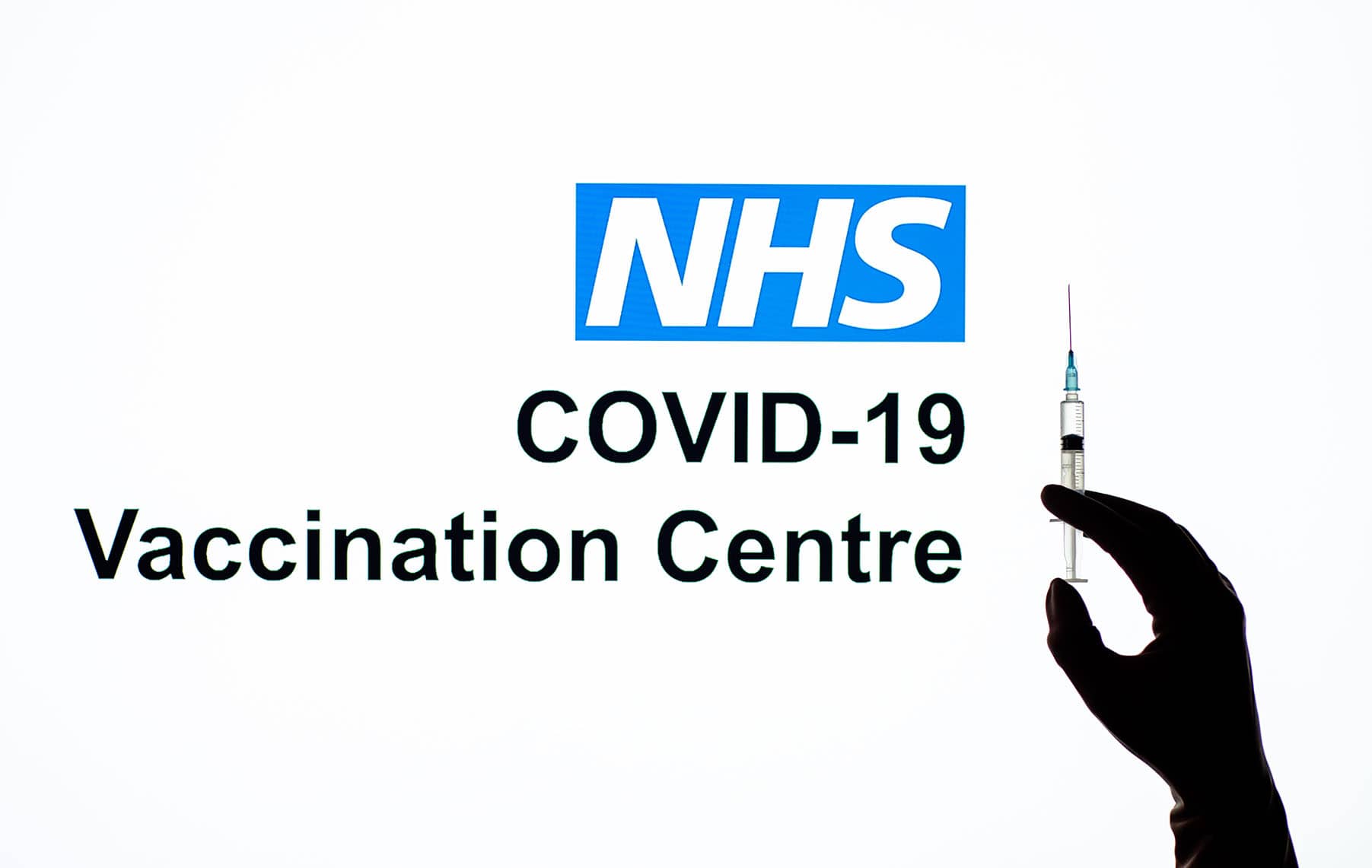

The Centers for Disease Control and Prevention (CDC), the Food and Drug Administration (FDA), and other medical and public health authorities have issued new guidance and updated some existing guidance as circumstances have evolved. Throughout this pandemic, it has been critical for employers and employees to monitor current medical and public health guidance. This information is also available by telephone (1-80) or TTY (1-88).

The EEOC pandemic publication includes a separate section that answers common employer questions about what to do after a pandemic has been declared. On Mathe EEOC provided a webinar ("3/27/20 Webinar") which was recorded and transcribed and is available at The World Health Organization (WHO) has declared COVID-19 to be an international pandemic.It has been updated as of Mato address examples and information regarding COVID-19 the new 2020 information appears in bold and is marked with an asterisk. This pandemic publication, which was written during the prior H1N1 outbreak, is still relevant today and identifies established ADA and Rehabilitation Act principles to answer questions frequently asked about the workplace during a pandemic. The EEOC has provided guidance (a publication entitled Pandemic Preparedness in the Workplace and the Americans With Disabilities Act ) ("Pandemic Preparedness"), consistent with these workplace protections and rules, that can help employers implement strategies to navigate the impact of COVID-19 in the workplace.The end of the declaration does not change the requirements of the federal equal employment opportunity laws discussed in this publication. The emergency declaration dealt with issues involving health care and access to treatment. This publication remains relevant even with the end of the COVID-19 Public Health Emergency on May 11, 2023.It also addresses how the definition of disability may apply to COVID-19 and Long COVID. This includes disability-related inquiries and medical examinations, confidentiality, reasonable accommodation based on disability, harassment, and vaccinations (including reasonable accommodation based on disability or religious beliefs). This publication addresses a wide range of COVID-19 issues arising under the federal EEO laws.The EEO laws, including Title I of the ADA and the Rehabilitation Act, continue to apply during the time of the COVID-19 pandemic, but they do not interfere with or prevent employers from following current guidance and suggestions made by CDC or state/local public health authorities about steps employers should take regarding COVID-19.Basic background information about the ADA and the Rehabilitation Act is available on EEOC's disability page. All nondiscrimination standards under Title I of the ADA also apply to federal agencies under Section 501 of the Rehabilitation Act. It also applies to state and local government employers, employment agencies, and labor unions. Title I of the ADA applies to private employers with 15 or more employees.Note: Other federal laws, as well as state or local laws, may provide employees with additional protections.

The EEOC enforces workplace anti-discrimination laws, including the Americans with Disabilities Act (ADA) and the Rehabilitation Act (which include the requirement for reasonable accommodation and non-discrimination based on disability, and rules about employer medical examinations and inquiries), Title VII of the Civil Rights Act (which prohibits discrimination based on race, color, national origin, religion, and sex, including pregnancy), the Age Discrimination in Employment Act (which prohibits discrimination based on age, 40 or older), and the Genetic Information Nondiscrimination Act.All EEOC materials related to COVID-19 are collected at.Technical Assistance Questions and Answers - Updated on May 15, 2023.


 0 kommentar(er)
0 kommentar(er)
